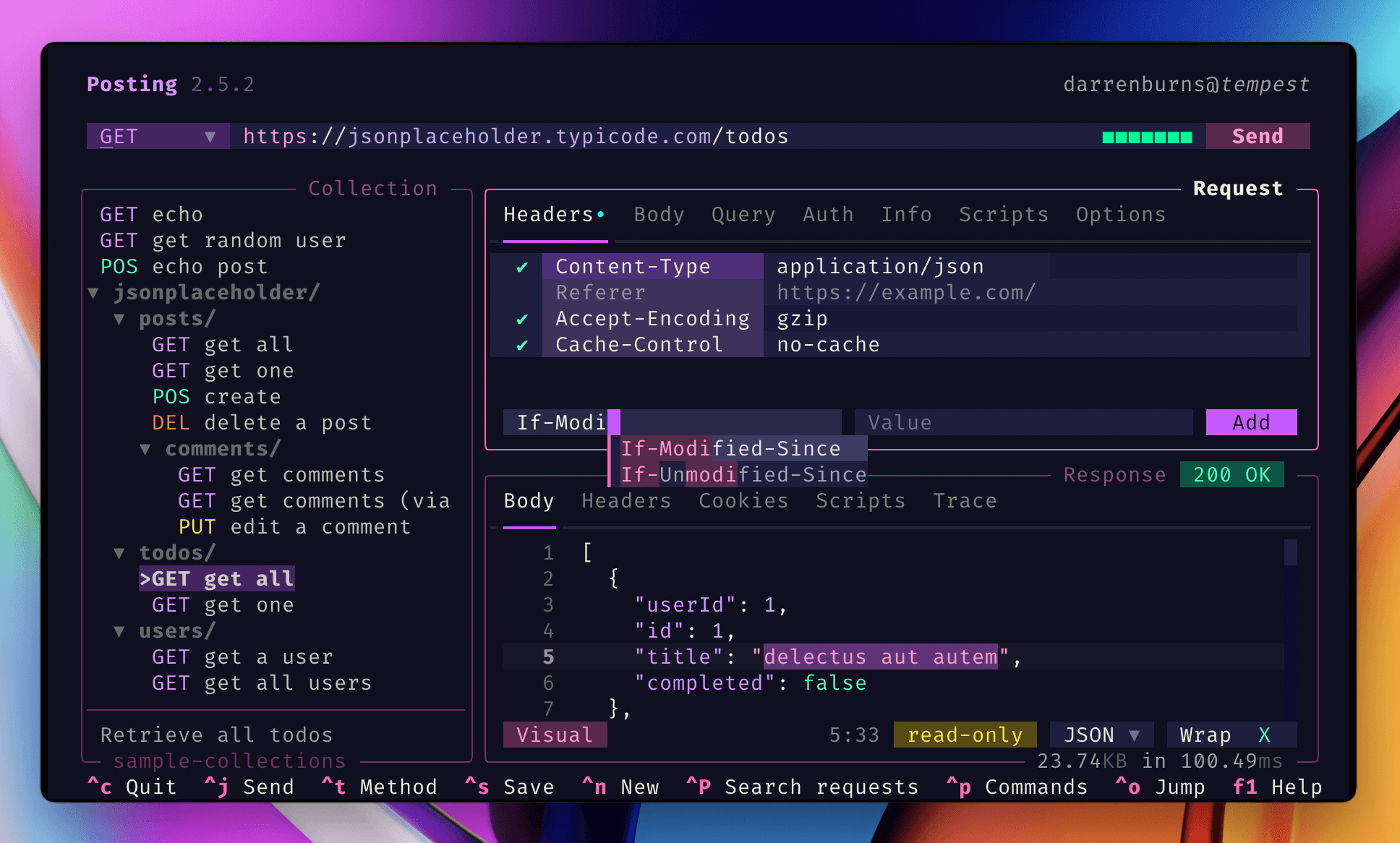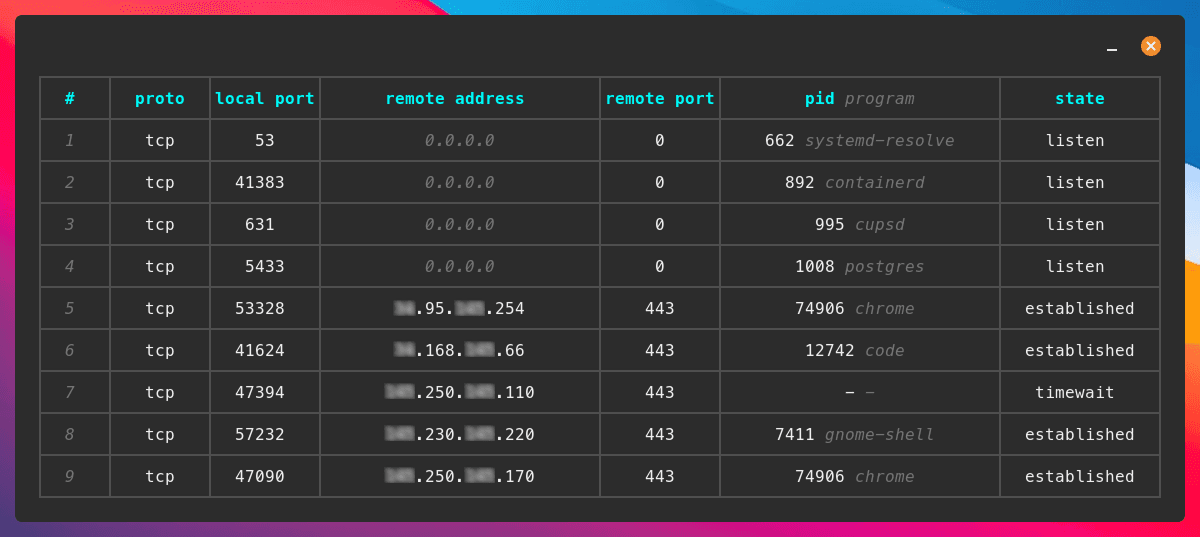
dysk – A Powerful Yet Simple Filesystem Overview Tool
Purpose
dysk is a lightweight but powerful Linux tool designed to display your filesystems in a clean, visual format. Unlike traditional commands, it simplifies identification by including a disk column that tags each mount point by its underlying storage type—whether it's an HDD, SSD, removable media, encrypted device, LVM, or even RAM-based 🌩️
Table Display
By default, dysk shows a neatly formatted table with common columns:
- filesystem, type, disk, used, free, size, mount
- Plus a simple graphical bar view for usage
You can:
Run dysk --list-cols to view all ~18 available columns (like inode counts, customizable stats).
Use -c or --cols to choose which columns to display (e.g., dysk -c label+use+size+disk+mount) dystroy.org.
Sort results by any column via -s or --sort (e.g., dysk -s free-desc) .
Export as CSV with --csv (and filter/sort using -f, -c) for scripting convenience dystroy.org.
JSON Output
Need to integrate with scripts or APIs? Just run dysk --json for machine-readable output—perfect for automation and custom workflows .
Filtering
Advanced usage lets you filter directly in the command line, like -f 'size>100G' to list only volumes larger than 100 GB. You can even output filtered CSV with those filters intact .
Installation
Precompiled binaries for various architectures (x86-64, ARM, etc.) are available—typically uploaded with each release (latest binaries date from May 14, 2025) .
Install via Rust’s Cargo: (Make sure Rust and build tools are up to date.) dystroy.org
1cargo install --locked dyskCompile from source or use community-maintained package repos if preferred .
Why You’ll Love It
- Visual clarity: Graphical usage bars plus a “disk type” column streamline quick understanding.
- Customizable: Tailor columns, sorting, and output formats to your needs.
- Script-friendly: JSON and CSV support makes it ideal for automation.
- Lightweight and focused: No bulky dependencies—just a neat, efficient tool.
Quickstart Example
1# Display all main filesystem info with graphical bars
2dysk
3# Show only label, usage, total size, and disk type
4dysk -c label+use+size+disk+mount
5# Sort by free space, largest first
6dysk -s free-desc
7# List volumes over 100 GB, excluding remote filesystems, output CSV
8dysk --csv -f 'size>100G and remote=false' > volumes.csvCommunity & Docs
- Explore full documentation and examples on the website.
- GitHub hosts source code, issues, and feature discussions.
- Stay up‑to‑date via official GitHub releases (e.g., latest binaries were posted on May 14, 2025) .
In Summary
dysk is a modern replacement for commands like df and lsblk, offering:
- Better visuals (usage bars, type tags)
- Highly customizable output (columns, filters, formats)
- Developer-friendly formats (JSON & CSV)
- Easy installation via binaries or Rust
If you want a clear, scriptable snapshot of your filesystems—across HDD, SSD, removable media, LVM, and encrypted volumes—dysk is a smart, efficient choice.


